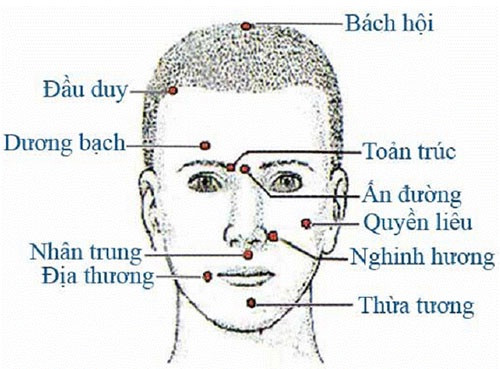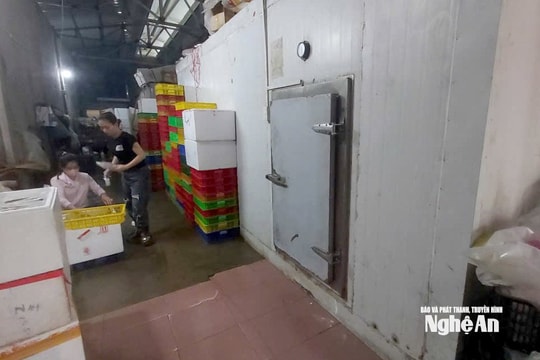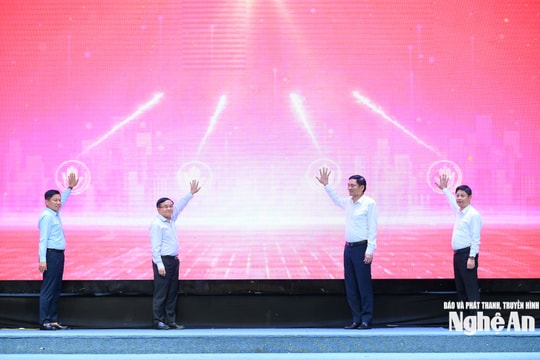Massage to help treat facial paralysis and crooked mouth
Facial paralysis, mouth distortion, in Oriental medicine called peripheral facial nerve palsy VII is a disease caused by many reasons.
The disease has three main symptoms: wind-cold, wind-heat and blood stasis... The cause is due to infection with wind-cold, wind-heat or trauma that blocks the operation of the meridians, causing crooked mouth, eyes that cannot close completely, difficulty speaking, difficulty chewing, loss of taste, philtrum deviated to the healthy side, muscles on the paralyzed side are stiff or atrophied... In Oriental medicine, there are many different treatment methods such as internal medicine (using drugs) and non-medication: acupuncture, physical therapy, thread implantation... In addition, patients can self-massage and acupressure to support treatment, which is introduced for readers to refer to and apply.
Rubbing and massaging method: The patient sits relaxed on a chair or lies comfortably, using the index finger to rub from the Toan Truc point down to Nghinh Huong 10 times. Then rub from the Toan Truc point to Ty Truc Khong 10 times. Next, rub from Thua Tuong through Ha Dia Thuong, through Giao Co, then to Dia Thuong, to Quyen Lieu point 20 times. Next, use the 5 fingertips and the palm of the hand to relax and gently rub the entire paralyzed side clockwise from top to bottom, from inside to outside and vice versa.
 |
| Some acupoints need to be impacted in the treatment of facial paralysis and mouth distortion. |
Some acupoints need to be impacted in the treatment of facial paralysis and mouth distortion.
Pushing method: The patient sits relaxed on a chair, using the midline of the face as a boundary, and places the hand on that side of the face. For example, if the patient has facial paralysis on the left side, the base of the left hand should be placed below the Chengxiang point, and the five fingertips of the right hand should be placed on the straight line dividing the face above the Yintang point. Gently push and rub the left hand until the base of the hand meets the midline of the forehead. At the same time, gently rub the right hand until it meets the Chengxiang point 20-30 times.
Acupressure: The patient sits in front of a mirror, using the thumb as a support and the remaining four fingers as a base. He presses the following acupoints in turn: Tinh minh, an duong, toan truc, ngu yeu, ty truc khong, dong tu lieu, nghinh huong, ha quan, giap xa, quyen lieu, dia thuong, tai duong, phong tri, te phong, giao co, ha dia thuong, thu tuong. Each acupoint is pressed for 2 minutes, with gentle, slow movements that penetrate deeply.
Exercise method: The patient sits with the body relaxed, the two thumbs hold the jaw angle groove below the Quan Lieu point, the remaining fingers can be interlaced under the jaw or held on the head and then slowly open the mouth to yawn 10 times or more. This method may be a little painful for the jaw muscles when first practicing, but it is very good for adjusting the sagging and atrophied facial muscles. Next, the patient closes the lips tightly and slowly takes a breath to fill the mouth, then adjusts the breath to run around the mouth, occasionally forcing the breath to the paralyzed side to do this for 10 minutes. In addition, every day the patient pronounces the three letters: O, U, I as many times as possible and combines eating and drinking with the paralyzed side, chewing gum on the paralyzed side to stimulate the neuromuscular system.
According to SK&DS
| RELATED NEWS |
|---|



.jpg)




